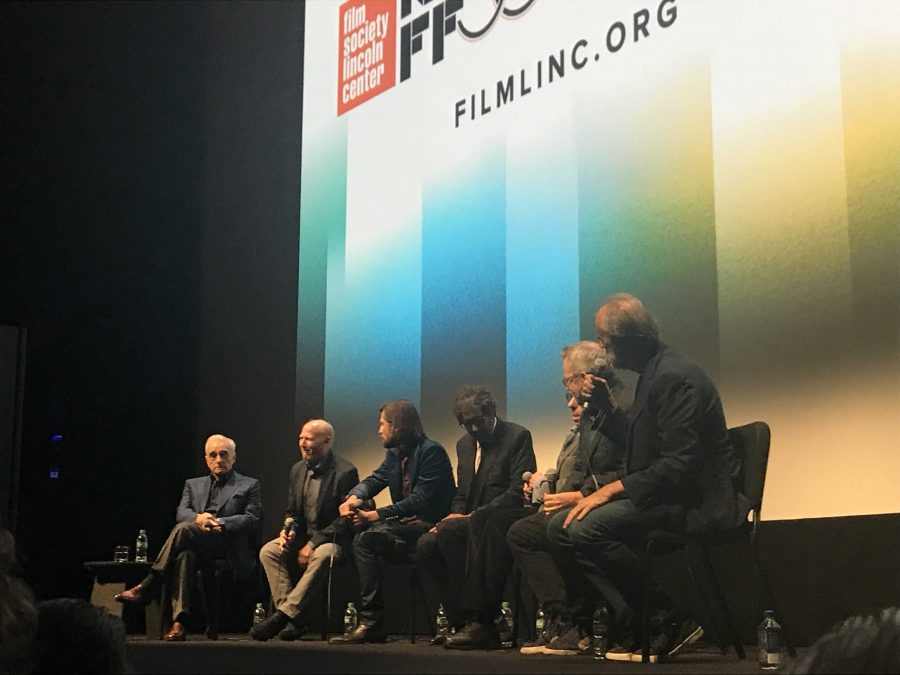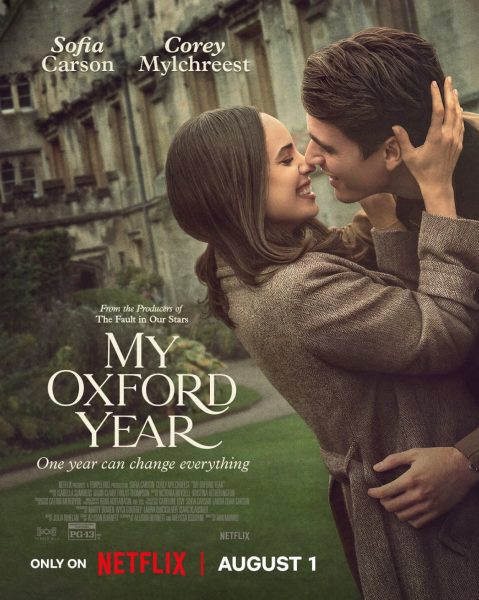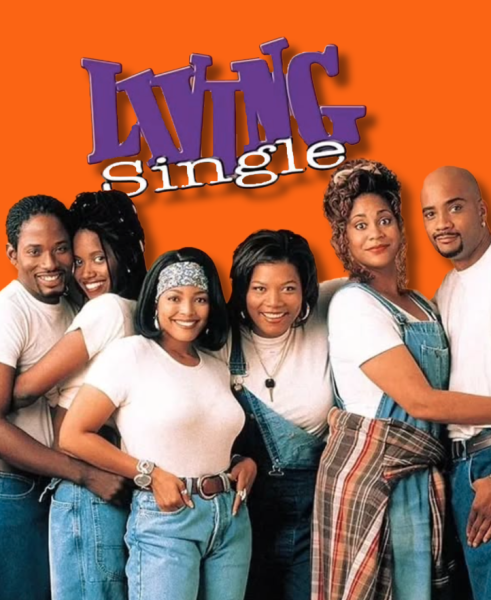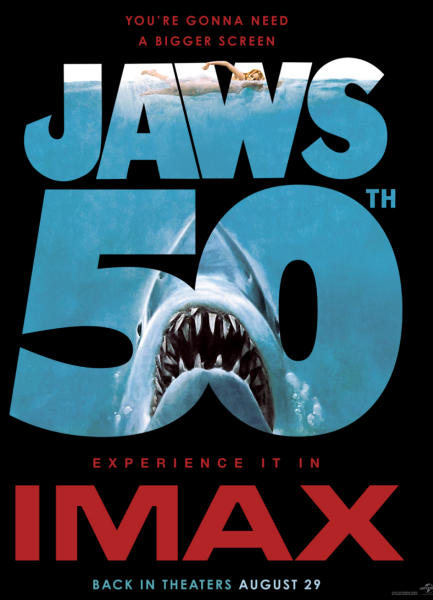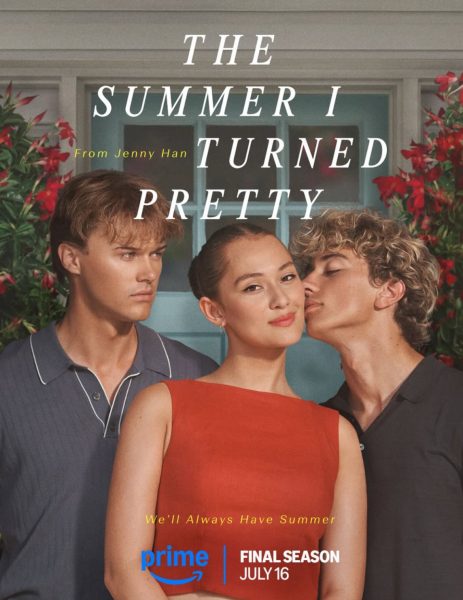Welles Unleashed in Long-Awaited Film
By Ryan Di Corpo
When Orson Welles died in 1985, he left behind perhaps the most august, irreproachable reputation of any director of his generation. He also left behind a film.
Welles is known mainly by superlative, as the director of “the greatest film ever made,” Citizen Kane. In 1970, Welles, with the help of cinematographer Gary Graver, began principal photography on a film which would elude public viewing for 48 years. Entrenched in personal, political and financial controversies, the film remained unfinished until a talented, dedicated team of producers, editors and others finally completed the project. Distributed by Netflix, The Other Side of the Wind was first publicly screened at the Venice International Film Festival this past August.
Welles referred to the film as “a departure in movie-making.” The story concerns Jake Hannaford (John Huston), an aging film director making a vague, highly-sexualized picture and, through his own desires and obsessions, wreaking havoc on himself, his relationships and the film’s production all together. Hannaford, described in the film as “the Ernest Hemingway of the cinema, the Murnau of the American motion picture,” becomes increasingly destabilized as the film goes on, leading to a bleak, tragic conclusion.
Shot in an array of different formats (16mm, 35mm) and constantly shifting without warning from black-and-white to color and back again, the completed The Other Side is like throwing freezing cold water on a tired screen. It is beautifully confounding, deliberately disorienting, surprisingly erotic and wholly Orson Welles. But this is not the Welles of yesteryear who brought you Charles Foster Kane. This is a man taking fistfuls of freedom, shunning your expectations and interrogating, perhaps taunting, the boundaries of his craft.
This past Saturday, the film premiered on 35mm at the 56th New York Film Festival. Festival director Kent Jones introduced the picture by announcing, “This is a great day in film history.” Following the film, producer Filip Jan Rymsza, editor Bob Murawski, producer Frank Marshall, documentarian Morgan Neville, actor and director Peter Bogdanovich and director Martin Scorsese joined Jones for a panel discussion. Scorsese stated that he “was totally surprised by what [he] saw,” and found the film to be proof that Welles was “still holding on to that creative lifeline to the very, very end.” Neville, director of a documentary on the making of the film called They’ll Love Me When I’m Dead, referred to Welles as “comedic and tragic and brilliant and inspiring and frustrating,” providing both an apt description of Huston’s Hannaford and of the film itself.
“It was so ahead of its time,” said Danny Huston to The Fordham Ram. Huston, son of John, saw the film make references to Fellini, Antonioni and the Nouvelle Vague while “still pushing” against the conventions of modern cinema.
At the Marriott Essex House, The Ram sat down with producer Filip Jan Rymsza and editor Bob Murawski to discuss the process of completing Welles’ long-embattled film.
The Ram asked Rymsza if he had any sense of hesitation or apprehensions signing on to a project which had languished in development hell for decades.
“Not really. I think you go into it with a sense of ‘this is the task at hand’ […],” said Rymsza. Yet, this does not suggest that the process was simple or expedited. “Things didn’t happen on a day-by-day basis,” said Rymsza. “There were […] months where you’re waiting for somebody or an answer from an attorney or some piece of information that you’re hunting […].”
As previously noted during the New York Film Festival panel, Welles had shown clips of the picture and lobbied for funds during his 1975 AFI Lifetime Achievement Award ceremony. No one donated to the cause. “You never know, because it’s Welles, what opportunities came his way,” said Rymsza to The Ram.
Based on this, it is possible that individuals offered to help Welles complete the film in the final decade of his life. In some ways, Welles himself was an impediment to the process.”I think there were opportunities,” said Rymsza. “Obviously, Orson only wanted to do things on his terms. And this was a project that was famously so long in the post-production process, I’m sure that people were somewhat skeptical.” Welles also felt the pressure to deliver footage to those who assisted in making the film.
“There were letters asking, ‘When do you think you’re gonna show us something? When you do you think you’re gonna finish?” said Rymsza. “I mean, we’re talking about over the course of four, five years — it’ll test anybody’s patience.” Rymsza stated that it became clear the project would come to fruition after a crowdfunding effort when Netflix signed on in Toronto in 2015. Part of this partnership involved the production of Neville’s previously-mentioned documentary, which necessitated obtaining a grant of rights for the Welles film, the documentary and another related project Rymsza planned to work on and thereby further postponed the eventual release of Welles’ picture.
Yet Rymsza did state that there were moments at which it seemed the project would not be finished. “A great piece of this was simply relationship management, and just being very, very resilient and persistent and just sticking to it,” said Rymsza.
Film editor Bob Murawski, who won the Academy Award for Best Film Editing with Chris Innis in 2010 for The Hurt Locker, discussed with The Ram how he became aware of The Other Side. “I became aware of [the film] many years ago, long before even Filip,” said Murawski. “I was friends and lived down the street with Gary Graver, who was the cinematographer.”
Murawski later detailed the working relationship that Graver, who died in 2006 and also appears as an actor in The Other Side, sustained with Welles. “I vaguely knew about [Graver’s] connection with Orson Welles,” said Murawski. “I had heard that he had worked with him, but I didn’t really realize that he had shot everything Orson had done for like the last 15 years of Orson’s life […].”
Murawski expressed interest in helping Graver complete in film in the early 2000s. Yet, Murawski did not begin to work on the film until this past October, finishing editing in just around four months by working “around the clock,” usually editing until after midnight.
Welles traveled with an 85-box workprint, and had covertly moved the film out of Paris to Rome and then to Los Angeles. However, the voluminous workprint, according to Rymsza, “paled in comparison to what [Welles] left behind in Paris,” which was “probably ten times” more film. Murawski detailed the seemingly overwhelming process of sifting through six years of footage to construct a narrative which not only made sense, but did not eschew that Wellesian sensibility. “Before I even started the movie, I just did as much research as I could,” said Murawski. “I read every interview with Orson. I read every book about Orson. I watched anything I could find with Orson, watched, rewatched all his old movies […].”
Murawski’s task, however, was complicated by a lack of written direction from Welles. “And, of course, [Welles] never really wrote down his editing. There weren’t any […] editing guidelines, because he was planning on cutting it himself,” said Murawski.
Murawski later continued that, according to conversations he had with original assistant editors on the film, “[Welles] had shot so much footage and shot so many different things that didn’t really relate to the script, that he didn’t really have it all in his head. And he was doing like any filmmaker would do, just trying things — trying things, seeing how they worked, pulling them apart, trying something else, and always kind of coming up with new ideas […].” Murawski, who referred to the project as “super intimidating” and “a hard act to follow,” felt the need to challenge himself and step outside where he felt most safe.
“You should always put yourself in the most difficult, uncomfortable position possible and that’s the best thing that an artist can do,” said Murawski, paraphrasing a sentiment expressed by Welles.
Murawski explained that Welles did not edit The Other Side in his own style, but in an assortment of different styles. Yet in his editing, Murawski had to wear the “mask” of Orson Welles and cut like him, not necessarily in Murawski’s style. “I’m always trying to force myself to hold things, to make things work with fewer shots, whereas this was a style where intentionally I was forcing myself to try to cut,” said Murawski.
Despite the inherent obstacles of completing the famed final film of a towering, near-mythological director, neither Rymsza nor Murawski expressed regret at their involvement in the project. The film itself is a grand achievement, worthy of repeated viewings and continued study, which serves both to enrich Welles’ body of work and, in a sense, to resurrect him.
In the words of Peter Bogdanovich at the Festival, “The artistry saves you from death, so Orson’s alive.”





































































































































































































